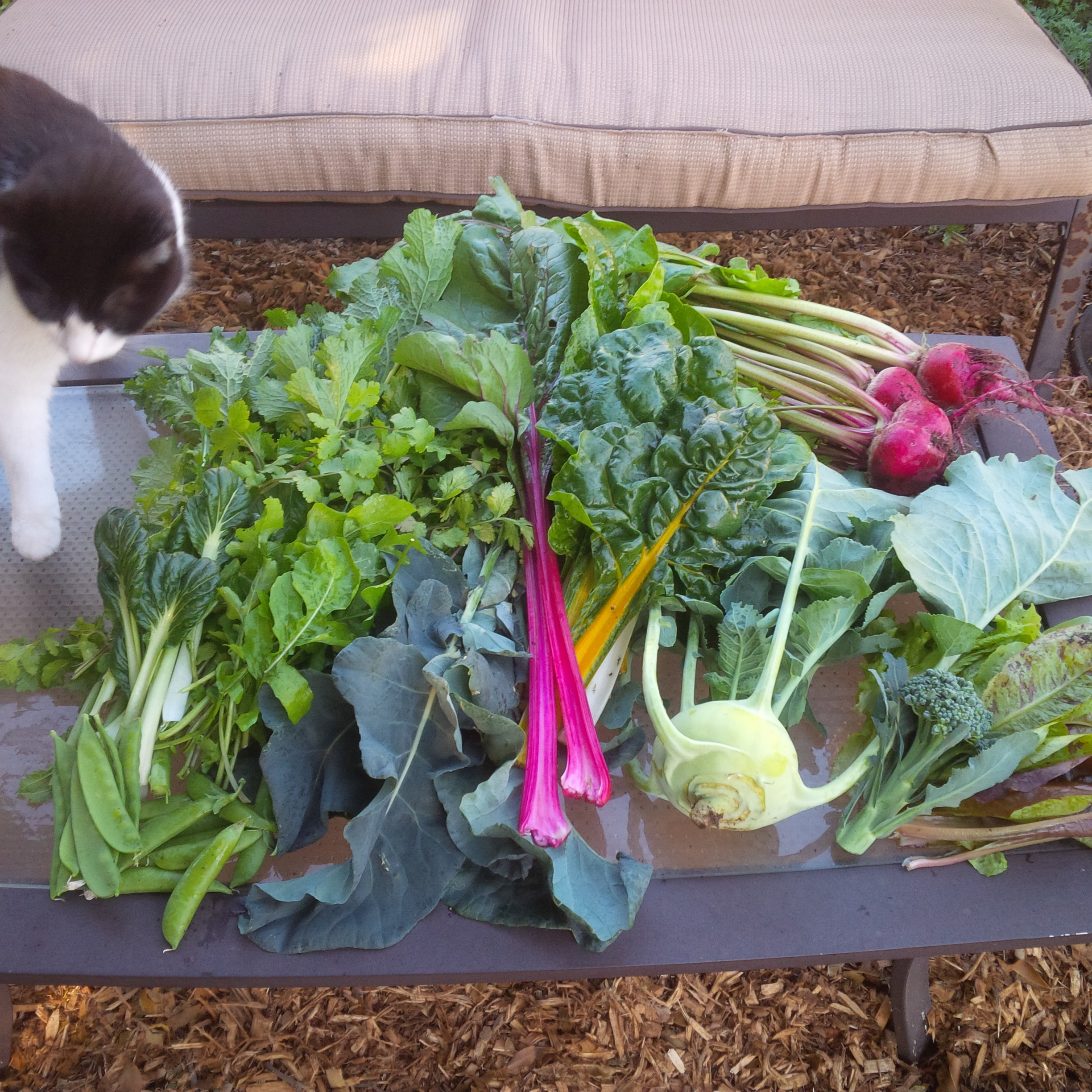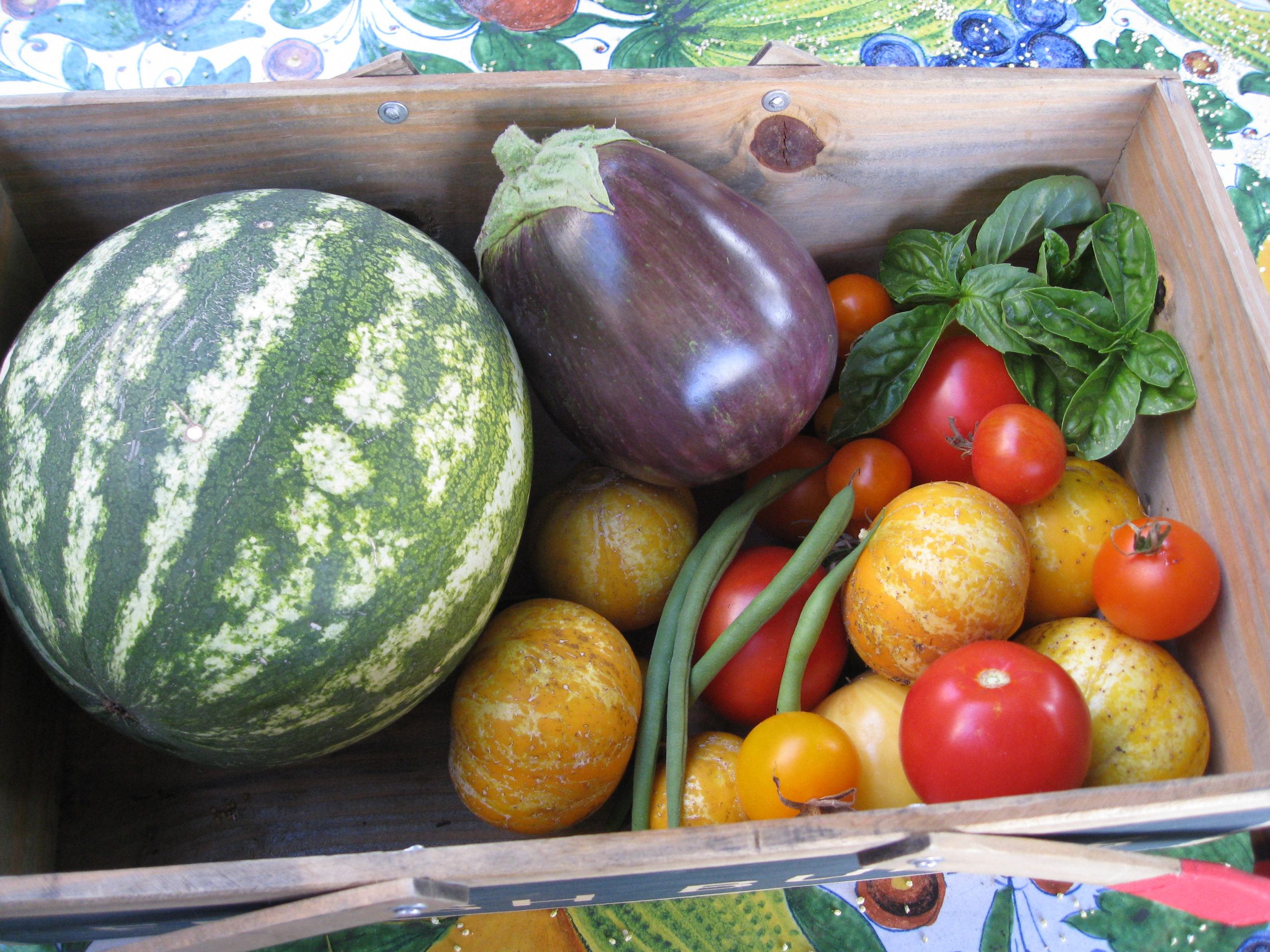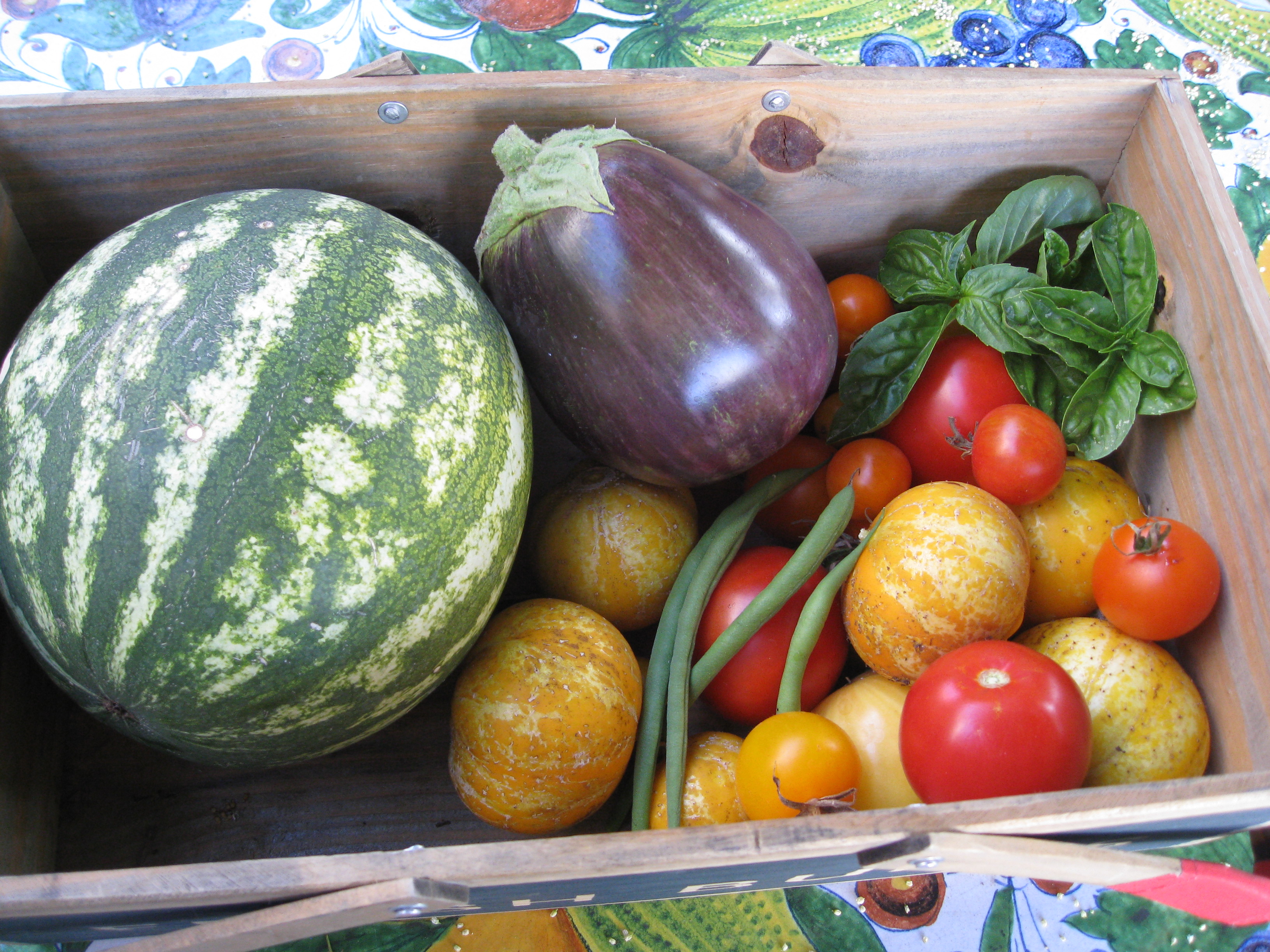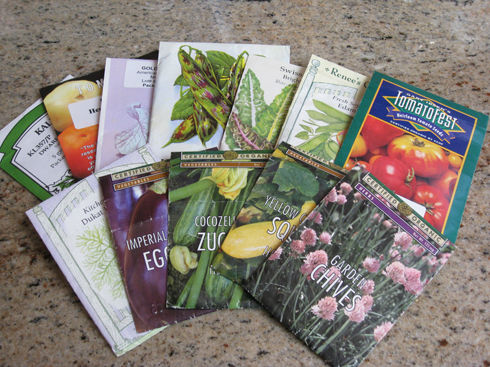The top requested subject on our New Year’s survey was “What to Grow When.” For those new to Gardenerd, we want you to know that every year–nay–every spring and fall, we publish our list of what to grow for the coming season. Often the information is buried in a Gardenerd Gazette, so here it is in easy-access form.
It’s spring, and for many climates that means it’s time to plant cool season crops. If you live in an area where the ground freezes or you get snow, here is what you should plant this spring:
Cool Season Spring Crops

Cool Weather stuff:
- Asparagus – plant crowns and slowly cover with soil over several months
- Brassicas – (cool climates only) broccoli, cauliflower, cabbage, kohlrabi, etc.
- Greens – lettuces, arugula, mustard greens, spinach, collards, kale and chard
- Herbs – basil, cilantro, chives, dill, parsley, oregano, thyme and rosemary to name a few
- Root Crops – carrots, parsnips, beets, turnips, and radishes
- Peas – grow them up trellises for garden snacking
Timing
You’ve probably heard or read about starting seeds indoors 6 to 8 weeks prior to last frost. If you don’t know what your frost dates are, look them up here by zip code. In some cases, your frost dates will already have past. If that’s true, use a heating pad under your seed tray to help speed germination.
If you plan to direct-seed in the garden instead of seeding indoors, make sure your soil is ready to work. Squeeze a clump of soil in your palm, then open your hand and push a finger into the clump. If it falls apart, your soil is ready to work. If your finger makes a dent, it’s still too moist. If it’s hard as a rock, you have your work cut out for you: add compost, compost, compost!
Now for those who don’t get a frost, you may be tempted to plant these cool-weather crops. Read below for more details about that approach. Feel free to give it a try, but know that these crops just do better in the fall in frost-free areas. Why struggle when you can work with nature?
Warm Season Spring Crops
Warm Weather stuff:
- Beans – favas, pole and bush varieties (dry or fresh)
- Corn – plant at least three rows to ensure polination via the wind
- Cucumbers – start indoors or directly in the garden soil. Trellis them for more room.
- Eggplant – start seeds indoors (see below for details)
- Melons – watermelon, cantaloupe, honeydew – start seeds indoors
- Peppers – sweet and hot varieties, start indoors
- Squash – both summer and winter varieties grow in warm weather – the name simply indicates how long they store (i.e. zucchini is a summer squash and has to be consumed during the summer, pumpkins are winter squashes and keeps through winter)
- Tomatoes – try some heirloom varieties for some great color and diversity, start indoors
Timing
Here is Southern California our spring is very short. We have a few weeks of mild weather, then it’s hot and dry. So we grow our cool weather crops (brassicas, lettuces, root crops, etc.) from October to February, and when spring arrives we move straight to warm and hot season crops.
As cool season crops give way in the garden, you can still get away with another round of lettuces, arugula, cilantro, mustard greens, and maybe some kale. NOTE: Brassicas tend to succumb to aphids as the weather warms up, and root crops tend to suffer (radishes don’t form in hot weather and carrots may be stunted). If your neck of the woods stays cool through May–go for it! Otherwise head straight for the quintessential warm-season stuff listed above.
When soil temperatures rise above 55 or 60 degrees, it’s time to plant. Use a soil thermometers to determine when to start. Seed tomatoes, peppers and eggplants in seedling trays under grow lights or in intense sunlight. The rest can be direct sown in the ground.
So that’s What to Grow When. Now it’s your turn. Get growin’ Gardenerds, and have fun with it!
If you need help figuring out what to plant where and when, join our Spring Garden Planning Workshops on March 17 or April 15. Click here for details and registration.




